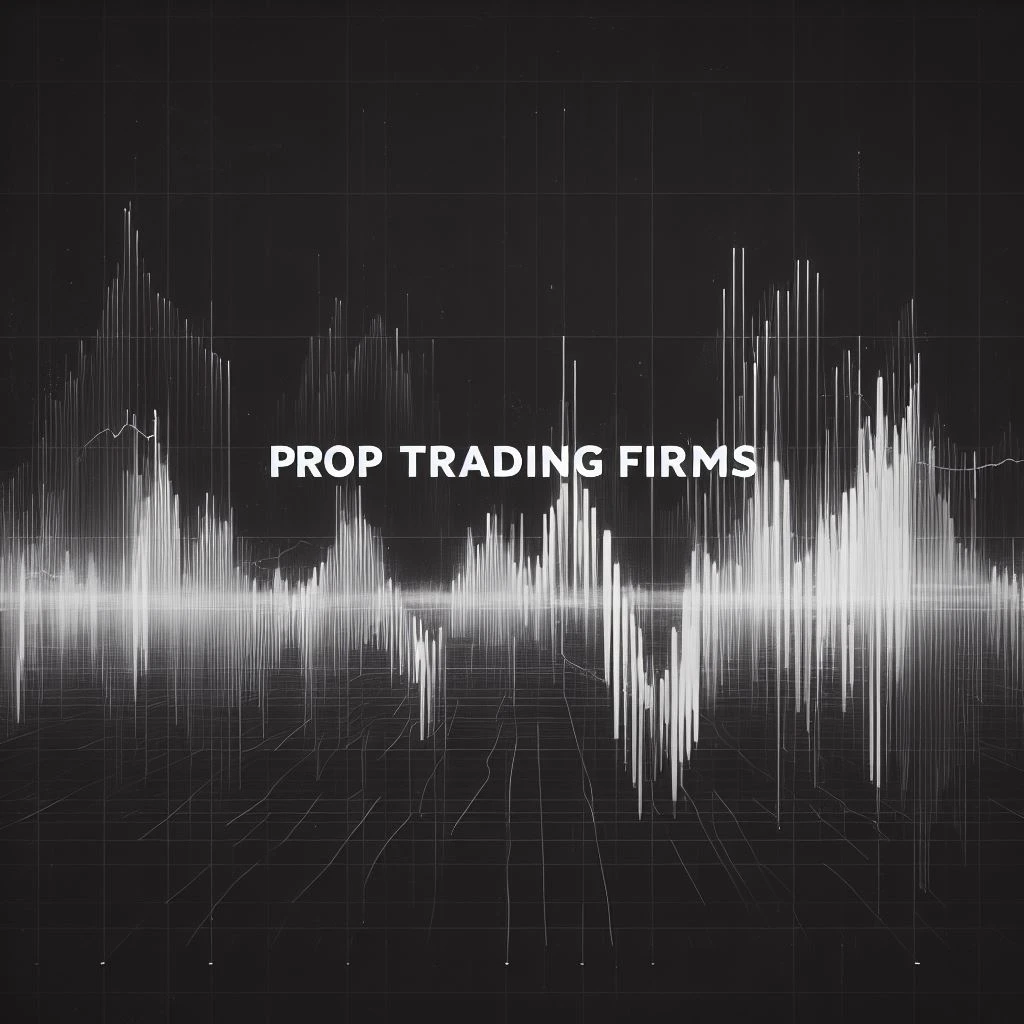Double Loss In Trading Markets
In the volatile world of trading markets, the term “a double loss” is one that traders and investors should be keenly aware of. This concept is a harsh reality that can have a devastating impact on your financial portfolio. Understanding what a double loss in trading markets is and how to avoid it is crucial for anyone looking to navigate the highs and lows of various trading instruments.
What is a Double Loss?
A double loss in trading markets refers to the unfortunate scenario where a trader incurs two types of losses simultaneously. This can be a financial loss coupled with an opportunity cost, or it could involve losing on both ends of a leveraged trade. The impact is not just monetary; it’s also psychological. Experiencing a double loss can be devastating, shaking a trader’s confidence and potentially leading to a downward spiral of poor decision-making and further losses.
Types of Double Losses in Trading Markets
Understanding the types of double losses is the first step in avoiding these financial pitfalls. Here are some common scenarios where a double loss can occur:
Asset Depreciation & Opportunity Cost
When you invest in an asset that depreciates in value, you not only lose money on the asset itself but also miss out on other profitable opportunities. This is a classic example of a double loss.
Leverage & Asset Loss
Using leverage can amplify your gains, but it can also magnify your losses. If the asset you’re leveraged on decreases in value, you’ll incur losses on both the borrowed money and the asset itself.
Currency Risk & Asset Loss
For those involved in international trading, fluctuating currency rates can lead to a double loss. You may lose on the asset value and also suffer from an unfavorable currency exchange rate.
Long and Short Positions
Taking both long and short positions in a volatile market can sometimes backfire, leading to losses on both ends if the market moves sideways.
Options Trading
Complex options strategies like iron condors or butterfly spreads can result in a double loss if not executed correctly. The trader may lose on both the call and put options.
Double Loss Across Trading Instruments
The concept of a double loss is not confined to any single trading market; it’s a universal risk that can manifest in various trading instruments. Here’s how:
Cryptocurrency
In the highly volatile crypto market, a double loss can occur when an investor buys a digital asset at a high price and sells at a low, while also incurring high transaction fees. The loss is both in the asset value and the cost of trading.
Forex Markets
Currency fluctuations can be rapid and unpredictable. A trader may lose on a currency pair and also suffer from an unfavorable interest rate differential, leading to a double loss.
Commodities
Investing in commodities like gold or oil comes with its own set of risks. Price volatility coupled with storage or maintenance costs can result in a double loss for the trader.
Stocks and Bonds
In the stock market, you could incur a double loss by holding onto a depreciating stock while also missing out on dividends or interest from more stable investments.
The potential for unlimited losses across these various trading instruments makes understanding and avoiding a double loss all the more critical.
Why Understanding Double Loss is Important
The ramifications of experiencing a double loss in trading markets extend beyond just financial loss; the psychological impact can be equally damaging. Here’s why understanding this concept is crucial:
- Financial Impact: A double loss can wipe out a significant portion of your investment, leaving you with less capital for future trades.
- Psychological Toll: The emotional strain of a double loss can lead to poor decision-making, further exacerbating your losses.
- Risk Management: Understanding the concept of a double loss is key to implementing effective risk management strategies. It helps you identify the potential pitfalls and take preventive measures.
- Long-term Success: Traders who are aware of the risks of a double loss are better equipped to navigate the complexities of various trading markets, thereby increasing their chances of long-term success.
Understanding the financial and psychological implications of a double loss is the first step in avoiding this devastating scenario. Effective risk management strategies are not just a good-to-have but a must-have in the trading world.
Practical Tips to Avoid Double Loss
Avoiding a double loss in trading markets is not just about being cautious; it’s about being proactive. Here are some actionable tips to help you steer clear of this financial pitfall:
Risk Management
- Set Stop-Loss Orders: Utilize stop-loss orders to limit potential losses.
- Diversify Portfolio: Don’t put all your eggs in one basket; diversify across different asset classes.
Due Diligence
- Research: Before making any trade, thoroughly research the asset, market conditions, and potential risks.
- Consult Experts: Seek advice from financial experts or use reliable trading tools for insights.
Continuous Learning
- Stay Updated: Keep yourself updated with market trends and news.
- Educate Yourself: Take online courses, read books, and participate in webinars to enhance your trading skills.
Conclusion
Understanding and avoiding a double loss in trading markets is not just a strategy; it’s a necessity. From the devastating financial impact to the psychological toll it can take, a double loss is a risk that every trader should be prepared for. By implementing effective risk management strategies, conducting thorough due diligence, and committing to continuous learning, you can navigate the complexities of various trading markets and increase your chances of long-term success. This is particularly crucial in the forex markets, where understanding how inexperience causes massive losses is of utmost importance.
Additional Resources
For those looking to dive deeper into the subject and equip themselves with more tools and knowledge, here are some additional resources:
- Books:
- Online Courses:
- Trading Tools:
- Webinars and Podcasts:















